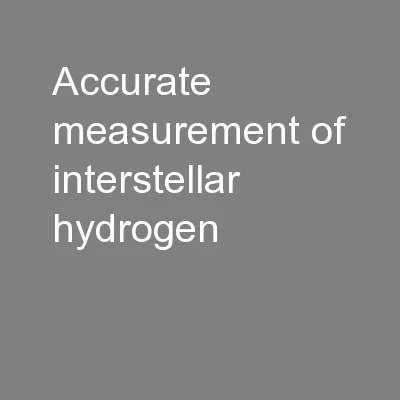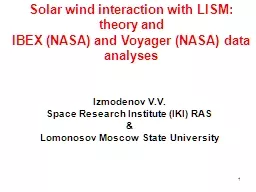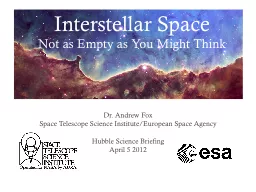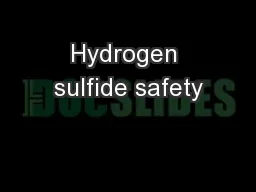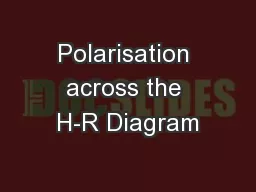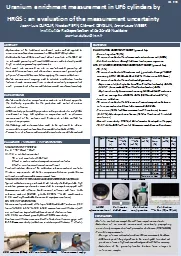PPT-Accurate measurement of interstellar hydrogen
Author : myesha-ticknor | Published Date : 2016-10-31
as the target of hadronic gamma rays Yasuo Fukui Nagoya University Southern Observatories CTA meeting April 1617 2015 Adelaide 1 ISM I nterstellar medium
Presentation Embed Code
Download Presentation
Download Presentation The PPT/PDF document "Accurate measurement of interstellar hyd..." is the property of its rightful owner. Permission is granted to download and print the materials on this website for personal, non-commercial use only, and to display it on your personal computer provided you do not modify the materials and that you retain all copyright notices contained in the materials. By downloading content from our website, you accept the terms of this agreement.
Accurate measurement of interstellar hydrogen: Transcript
Download Rules Of Document
"Accurate measurement of interstellar hydrogen"The content belongs to its owner. You may download and print it for personal use, without modification, and keep all copyright notices. By downloading, you agree to these terms.
Related Documents

